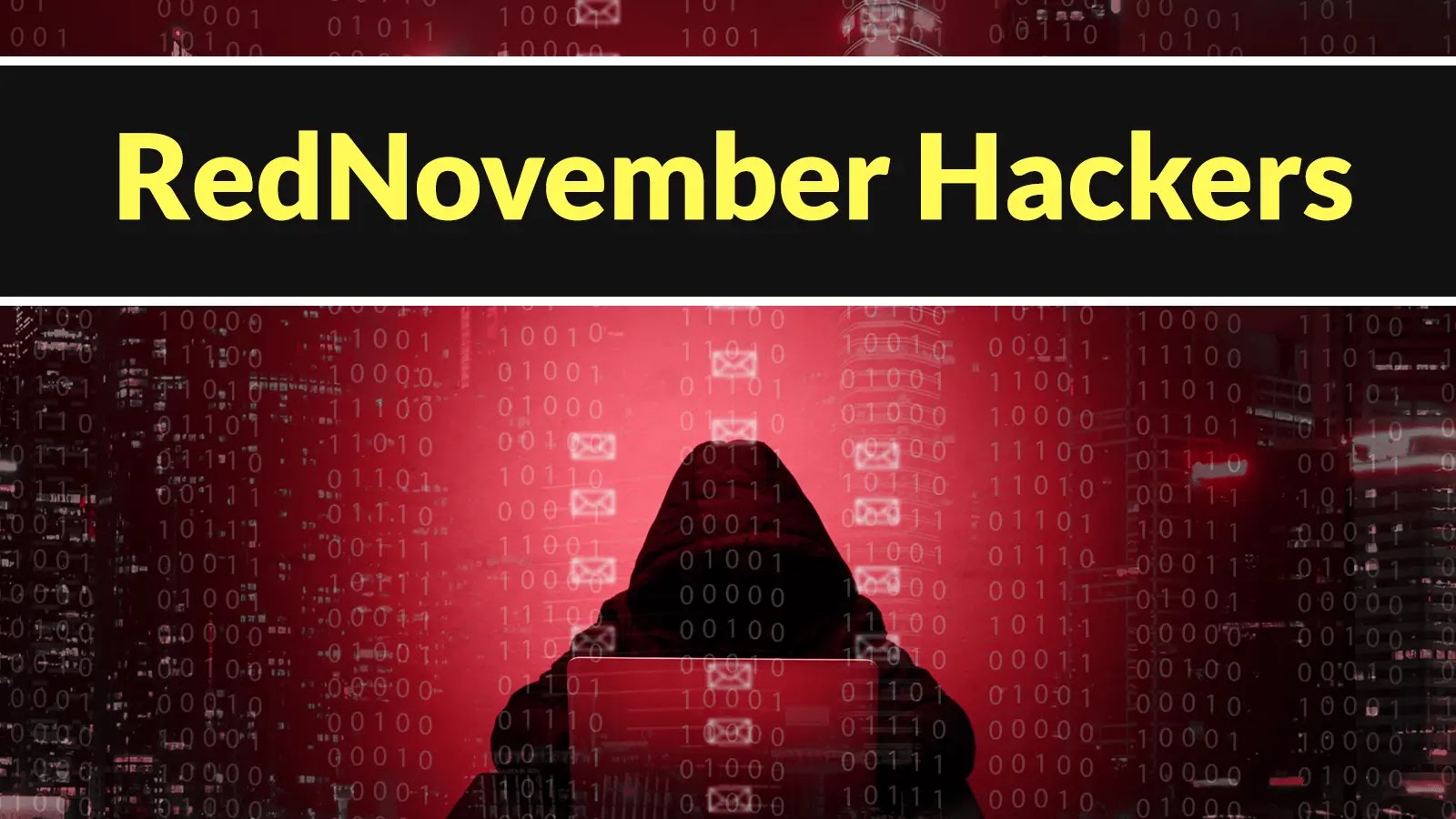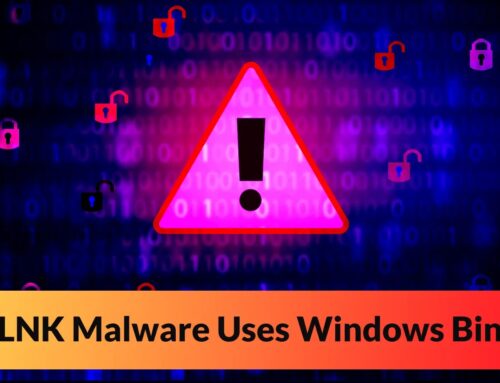
RedNovember Hackers Attacking Government and Technology Organizations to Deploy Backdoor
The digital battleground is constantly shifting, and a new, formidable adversary has emerged. In mid-2024, cybersecurity professionals detected a concerning escalation in targeted cyber intrusions, primarily aimed at government, defense, and technology organizations globally. These sophisticated attacks are now linked to a previously uncataloged threat group: RedNovember. This blog post delves into the tactics, techniques, and procedures (TTPs) of RedNovember, shedding light on their use of readily available tools to deploy a stealthy Go-based backdoor, and providing critical remediation strategies for organizations at risk.
Understanding the RedNovember Threat Group
RedNovember distinguishes itself through its strategic targeting and adept use of widely accessible tools. Unlike groups relying solely on custom, zero-day exploits, RedNovember effectively weaponizes open-source and commodity software to achieve its objectives. This approach allows them to maintain a low profile while maximizing their operational reach. Their primary objective appears to be the deployment of a persistent, Go-based backdoor, granting them long-term access and control over compromised systems.
Initial Vector: Exploiting Internet-Facing Devices
The entry point for RedNovember’s intrusions is often found in the exploitation of vulnerable internet-facing devices. These devices, critical for remote access and network connectivity, present an attractive target due to their constant exposure to the public internet. Specific targets include:
- VPN Appliances: Virtual Private Network (VPN) appliances are frequently targeted due to their role in securing remote access. Exploiting known vulnerabilities in these devices can provide a direct gateway into an organization’s internal network.
- Firewalls: As the first line of defense, compromised firewalls can effectively neutralize an organization’s perimeter security, allowing unhindered access for malicious actors.
- Web Servers: Vulnerabilities in web servers, such as those related to unpatched software or misconfigurations, are common pathways for initial compromise.
While the specific CVEs exploited for initial access are not explicitly detailed in the provided source, organizations must prioritize patching and securing all internet-facing infrastructure. Common vulnerabilities often leveraged in such attacks might include authentication bypasses, remote code execution flaws, or directory traversal vulnerabilities in widely used network devices. For example, organizations should be vigilant regarding recently disclosed vulnerabilities in popular VPN solutions, such as CVE-2024-XXXXX (placeholder for a hypothetical recent VPN vulnerability).
The Go-Based Backdoor: A Stealthy Persistence Mechanism
Once initial access is established, RedNovember deploys a sophisticated, yet stealthy, backdoor written in Go. The choice of Go (Golang) as a development language offers several advantages for threat actors:
- Cross-Platform Compatibility: Go compiles into a single static binary, making it highly portable across various operating systems (Windows, Linux, macOS) without requiring additional dependencies.
- Evasion Capabilities: Go binaries can be more challenging for traditional antivirus and endpoint detection and response (EDR) solutions to detect, as their structure differs from common malware written in C++ or .NET.
- Performance: Go offers excellent performance, allowing for efficient communication and execution of commands.
This backdoor serves as RedNovember’s primary tool for maintaining persistence, exfiltrating data, and potentially deploying additional payloads within the compromised network.
Remediation Actions and Proactive Defense
Combating groups like RedNovember requires a multi-layered and proactive cybersecurity strategy. Organizations, especially those in government, defense, and technology sectors, must implement rigorous security measures:
- Patch Management: Establish and strictly enforce a robust patch management program for all internet-facing devices, operating systems, and applications. Prioritize patching critical vulnerabilities immediately upon release.
- Vulnerability Scanning and Penetration Testing: Regularly conduct external and internal vulnerability scans and penetration tests to identify and address weaknesses before adversaries can exploit them.
- Network Segmentation: Implement strong network segmentation to limit the lateral movement of attackers within the network, even if an initial compromise occurs.
- Multi-Factor Authentication (MFA): Enforce MFA for all remote access services, administrative accounts, and critical systems.
- Intrusion Detection and Prevention Systems (IDPS): Deploy and continuously monitor IDPS solutions to detect and block suspicious network traffic and attack patterns.
- Endpoint Detection and Response (EDR): Utilize EDR solutions to monitor endpoint activity, detect malicious behavior, and respond to threats in real-time.
- Security Awareness Training: Educate employees about common social engineering techniques, phishing attacks, and the importance of secure cyber hygiene.
- Threat Intelligence: Subscribe to and integrate relevant threat intelligence feeds to stay informed about emerging threats, TTPs, and indicators of compromise (IoCs) associated with groups like RedNovember.
- Incident Response Plan: Develop and regularly test a comprehensive incident response plan to ensure a swift and effective response in the event of a breach.
Tools for Detection and Mitigation
Leveraging the right tools can significantly enhance an organization’s ability to defend against groups like RedNovember:
| Tool Name | Purpose | Link |
|---|---|---|
| Nmap | Network scanning and service enumeration to identify internet-facing device vulnerabilities. | https://nmap.org/ |
| OpenVAS / Greenbone Vulnerability Management | Vulnerability scanning for comprehensive assessment of network devices and applications. | https://www.greenbone.net/ |
| Snort / Suricata | Network intrusion detection and prevention systems for real-time traffic analysis. | https://www.snort.org/ / https://suricata-ids.org/ |
| Velociraptor | Advanced endpoint visibility and incident response for detecting sophisticated threats. | https://www.velocidex.com/docs/gettingstarted/ |
| YARA Rules | Pattern matching for malware identification and classification, useful for detecting Go backdoors. | https://virustotal.github.io/yara/ |
Key Takeaways for Organizational Security
The emergence of the RedNovember threat group underscores the persistent and evolving nature of cyber warfare. Their proficiency in exploiting internet-facing devices and deploying stealthy Go-based backdoors poses a significant risk to critical infrastructure and sensitive data. Organizations must prioritize robust patch management, implement strong network defenses, and invest in advanced detection and response capabilities. Continuous vigilance, coupled with timely threat intelligence, remains the most effective defense against sophisticated adversaries like RedNovember.





